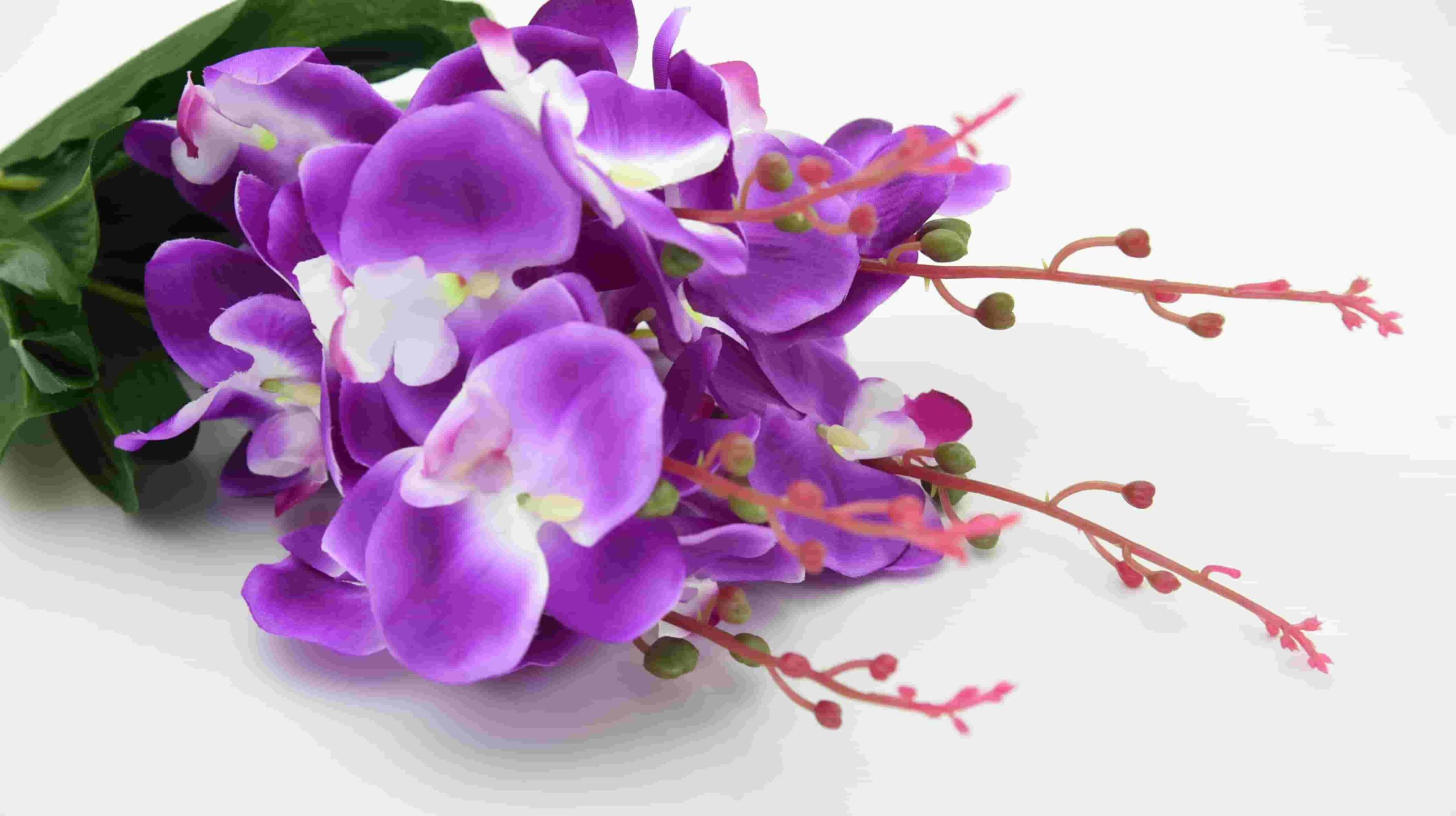Introduction
Orchids, with their enchanting allure and diverse species, have captivated the hearts of flower enthusiasts around the globe. These delicate blooms showcase an array of colors, shapes, and scents, making them a fascinating subject of admiration. In this post, we will dig into the fascinating world of orchids, learning about their origins, kinds, cultivation, and cultural importance.
Table of Contents
- Introduction
- The Origins of Orchids
- The Diversity of Orchid Species
- Anatomy of an Orchid Flower
- Popular Orchid Varieties
- Growing Orchids: A Beginner’s Guide
- Factors to Consider for Orchid Cultivation
- Orchid Care: Watering, Light, and Temperature
- Propagation Methods for Orchids
- Common Pests and Diseases in Orchids
- Orchids in Art and Symbolism
- Orchid in Different Cultures and Traditions
- Orchid Festivals Around the World
- Orchids as Gifts and Decorations
- Orchids: Myths and Legends
- Conclusion
- Frequently Asked Questions
The Origins of Orchids
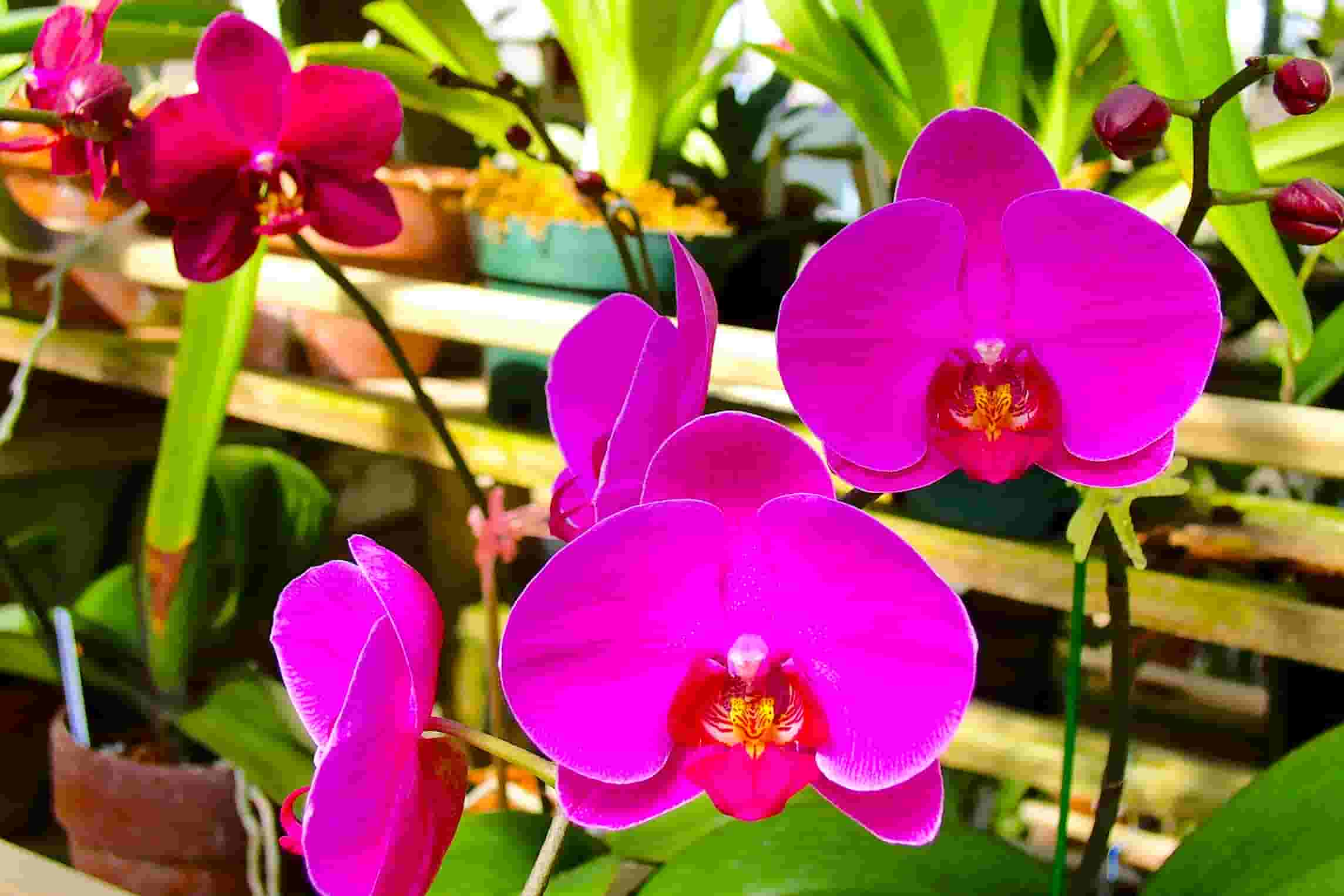
Orchids, which are thought to be one of the oldest flowering plant groups, have a fascinating evolutionary history. They evolved millions of years ago and have adapted to a variety of settings, including tropical rainforests and deserts. Their capacity to survive and thrive in a variety of settings adds to their global dispersion.
The Diversity of Orchid Species
With over 28,000 known species, orchid display an extraordinary diversity. They range from tiny, intricate blooms to large, showy flowers. These flowers can be found in a myriad of colors, including vibrant shades of red, purple, yellow, and white. Each species possesses unique characteristics that make it distinct and captivating.
Anatomy of an Orchid Flower
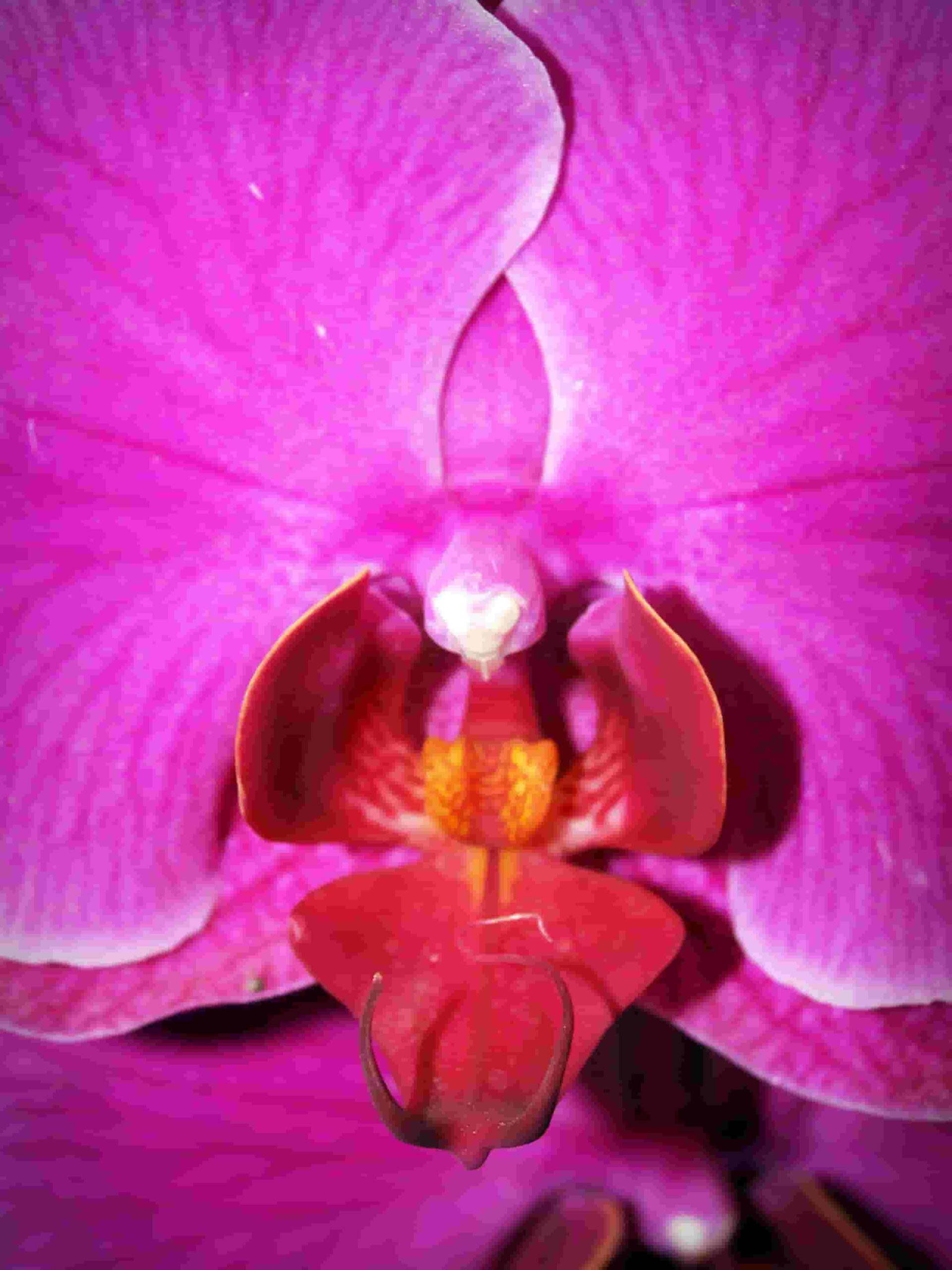
An orchid flower consists of several parts, each playing a crucial role in its beauty and reproductive process. The petals, sepals, and lip form the outer structure, attracting pollinators with their alluring colors and patterns. The column, the central part of the flower, houses the reproductive organs. These flowers often possess intricate and complex flower structures, ensuring successful pollination.
Popular Orchid Varieties
Among the vast array of orchid species, several varieties have gained popularity among flower enthusiasts. Phalaenopsis orchid varieties, with their elegant and long-lasting blooms, are widely sought after. Dendrobium orchid varieties, characterized by their vibrant colors and diverse shapes, are another favorite. Other notable orchid varieties include Cattleya, Oncidium, and Vanda, each with its own unique charm.
Growing Orchids: A Beginner’s Guide
While orchids may appear delicate, they can be successfully cultivated with the right knowledge and care. For beginners, it is advisable to start with hardy orchid varieties that are more forgiving to mistakes. Creating the ideal growing conditions, such as providing adequate light, appropriate temperature, and proper humidity, is essential for their well-being.
Factors to Consider for Orchid Cultivation
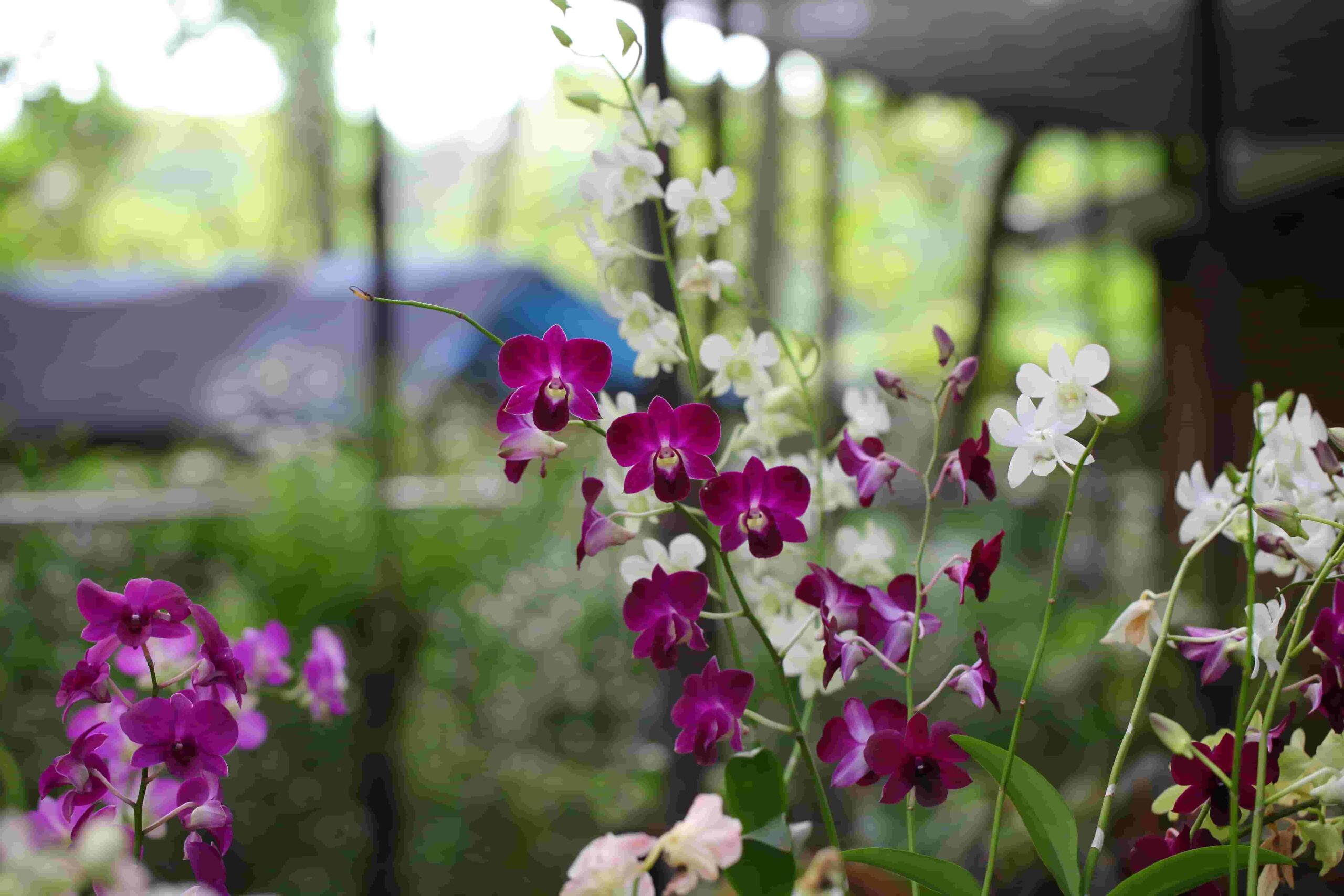
Successful orchid cultivation requires attention to various factors. The choice of potting medium, such as bark or sphagnum moss, impacts the plant’s water retention and root health. Orchid plants also have specific fertilization needs, which should be tailored to their growth stages. Additionally, proper air circulation and regular monitoring of the plant’s health contribute to successful orchid cultivation.
Orchid Care: Watering, Light, and Temperature
Watering orchid plants can be a delicate balance, as they require adequate moisture without being overwatered. Determining the right watering frequency and the appropriate method, whether by immersion or misting, depends on the specific orchid species and its potting medium. Similarly, providing the right amount of light and maintaining optimal temperature levels are crucial for orchid health and blooming.
Propagation Methods for Orchids
Division, backbulb propagation, and keiki propagation are all ways for propagating orchid plants. Division involves separating a mature orchid plant into multiple parts, each capable of growing independently. Backbulb propagation utilizes dormant buds present on older pseudobulbs, while keiki propagation involves nurturing small plantlets that develop from the parent orchid’s stem.
Common Pests and Diseases in Orchids
Orchid plants, like any other plant, are vulnerable to pests and diseases. Common orchid pests include aphids, scale insects, and spider mites, which can damage the plant if left unchecked. These plants may also be affected by fungal and bacterial infections, resulting in leaf spots or root rot. Regular inspection, appropriate preventive measures, and prompt treatment are essential for maintaining orchid health.
Orchids in Art and Symbolism
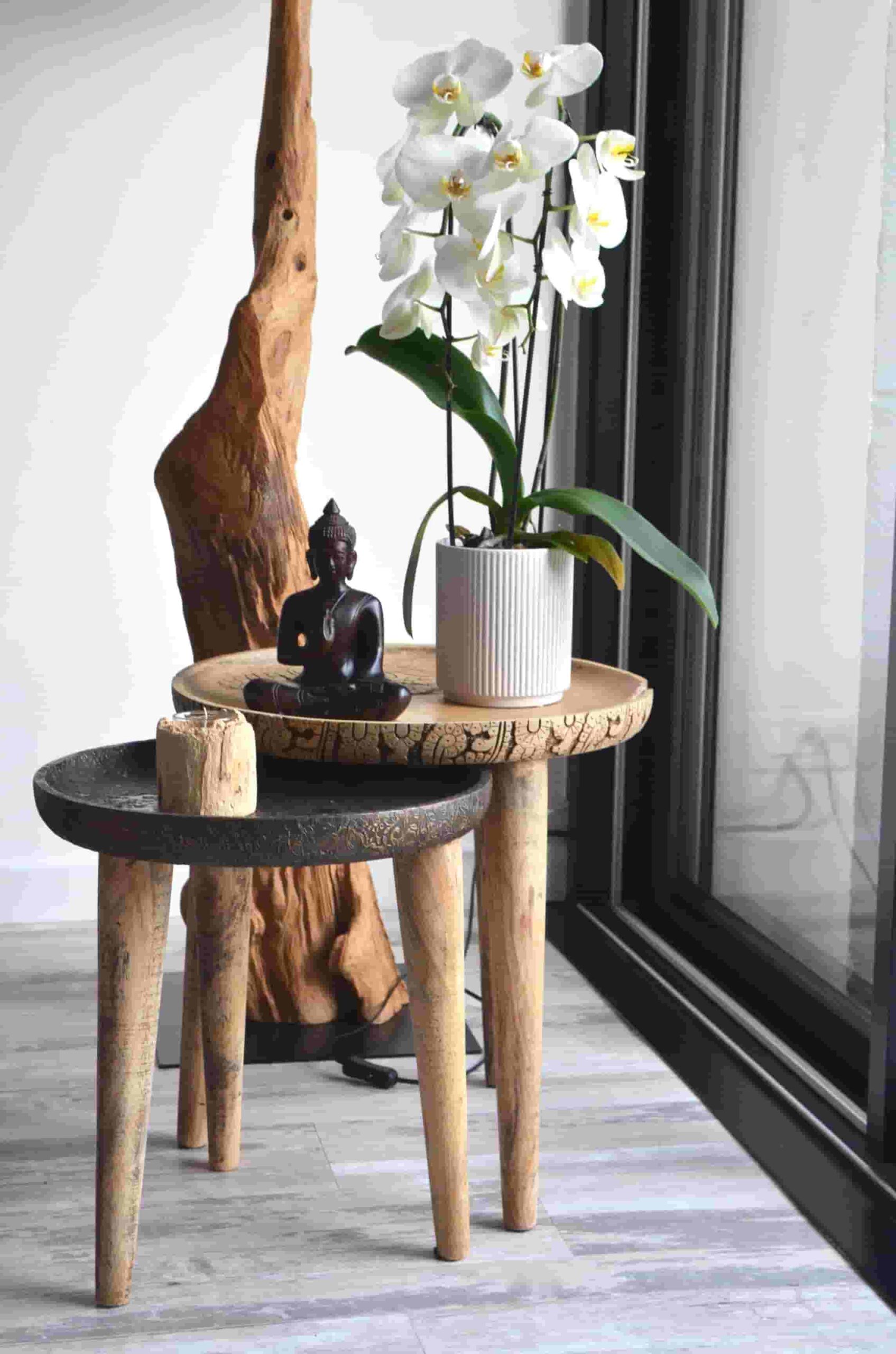
Throughout history, orchids have played a significant role in various forms of art, including painting, poetry, and literature. Their exquisite beauty and allure have inspired countless artists and writers to capture their essence. They also hold symbolic meanings in different cultures, often associated with love, beauty, and fertility. Their presence in art and symbolism reflects their enduring impact on human culture.
Orchid in Different Cultures and Traditions
Orchid hold cultural significance in many societies around the world. In some Asian cultures, such as Japan and China, they symbolize refinement, elegance, and friendship. Native American tribes also have their own interpretations and uses of orchid in traditional practices. Exploring the cultural significance of orchids provides a deeper understanding of their importance beyond their visual appeal.
Orchid Festivals Around the World
Orchid enthusiasts gather at various festivals dedicated to these enchanting flowers. Events like the Singapore Orchid Show, the Royal Horticultural Society’s Orchid Show in the UK, and the Orchid Festival at the New York Botanical Garden attract visitors from far and wide. These festivals showcase stunning orchid displays, educational workshops, and an opportunity for enthusiasts to connect and share their passion.
Orchids as Gifts and Decorations

The beauty and elegance of orchid flowers make them popular choices as gifts and decorations. Whether presented as a bouquet or potted plant, orchid flowers are a timeless expression of love, appreciation, and celebration. Their longevity and unique appearance make them a preferred choice for special occasions, adding a touch of sophistication and charm to any setting.
Orchids: Myths and Legends
Orchids have been woven into myths and legends throughout history. From ancient Greece to Aztec civilizations, stories and folklore depict orchids as symbols of beauty, power, and even transformation. These tales offer a glimpse into the rich cultural tapestry surrounding orchids, further enhancing their mystical allure.
Conclusion
In conclusion, orchids stand as a testament to the extraordinary beauty and diversity found in nature. Their captivating presence, combined with their cultural significance, makes them a subject of fascination for enthusiasts and artists alike. By understanding their origins, cultivation, and symbolism, we gain a deeper appreciation for these mesmerizing flowers that continue to enchant and inspire.
In this comprehensive article, we explored the enchanting world of orchids, from their origins and diverse species to cultivation tips and cultural significance. Orchid truly embody the delicate beauty and timeless elegance that continue to captivate people worldwide. So, whether you’re a seasoned orchid enthusiast or just beginning to appreciate their allure, these remarkable flowers are sure to bring joy and fascination into your life.
Frequently Asked Questions
1: Are orchids difficult to grow?
While orchids have specific care requirements, they can be successfully grown with proper knowledge and attention.
2: How often should I water my orchids?
Orchid watering frequency depends on factors such as the type of orchid, the potting medium used, and the environmental conditions. Generally, it is recommended to water orchids when the potting medium feels dry to the touch.
3: Can I grow orchids indoors?
Yes, many orchid varieties can thrive indoors as long as they receive adequate light, humidity, and proper care.
4: How long do orchids bloom?
The blooming duration of orchids varies depending on the species. Some orchids bloom for a few weeks, while others can bloom for several months.
5: Can I fertilize my orchids?
Yes, fertilizing orchids is important for their growth and blooming. However, it is crucial to use a specialized orchid fertilizer and follow the recommended dosage to avoid overfertilization.
6: How do I prevent pests from infesting my orchids?
Regularly inspect your orchids for signs of pests and take prompt action if detected. Practicing good hygiene, providing proper airflow, and using natural pest control methods can help prevent pest infestations.

